The Role of a Chief Flight Instructor: Responsibilities and Duties Explained
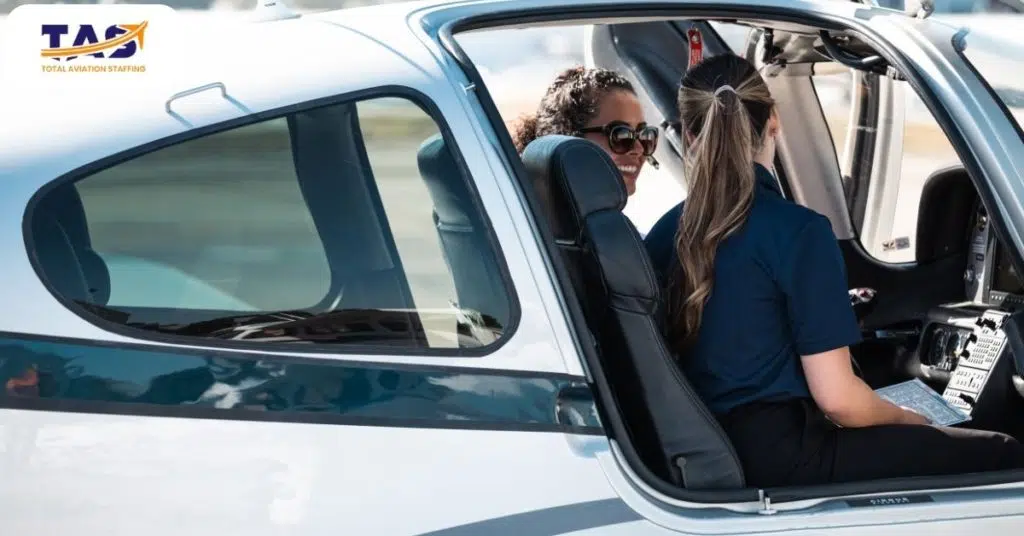
Embarking on a thrilling journey into the world of aviation, the Chief Flight Instructor takes the helm, guiding aspiring pilots toward their dreams. Beyond their passion for flight, these skilled professionals hold a pivotal position in the aviation industry.
In this blog, we unravel the multifaceted role of a Chief Flight Instructor, delving into their diverse responsibilities and duties that keep the skies safe and dreams of flight alive. From training oversight to regulatory compliance, join us as we uncover the captivating world of aviation education and mentorship.
1. Develop and Enforce Policies
The Chief Flight Instructor is pivotal in developing and enforcing policies that govern flight operations. Creating and maintaining a comprehensive Flight Operations Manual (FOM) establishes standardized procedures for effective and safe flight training.
Here are their roles regarding policies:
Create a Flight Operations Manual (FOM) outlining standardized flight training procedures.
Update the FOM regularly to incorporate any regulatory or procedural changes in the aviation industry.
Enforce compliance with the FOM, ensuring that all flight instructors and students follow the prescribed guidelines.
Collaborate with relevant stakeholders to ensure a smooth integration of policies and procedures.
Conduct periodic reviews and audits to verify the effectiveness of implemented policies and identify areas for improvement.
Keep abreast of industry trends and developments, incorporating them into the FOM to enhance the flight training program’s quality.
With their policy prowess, the Chief Flight Instructor soars high, safeguarding a stellar, streamlined flight training haven. Commanding the Flight Operations Manual, their compliance expertise propels our program’s everlasting triumph. Smooth skies ahead!

2. Certify Training Records and Recommend Grades
As a critical evaluator, the Chief Flight Instructor certifies training records and recommends grades for flight courses, ensuring adherence to established standards and evaluating students’ performance.
Here’s an elaboration for this role:
Review and certify training records, enrollment certificates, and FAA check rides for students.
Assess students’ performance based on their proficiency, skills, and adherence to training guidelines.
Recommend grades for all flight courses, reflecting students’ competency and achievement.
Uphold consistent evaluation criteria to ensure fairness and uniformity in grading.
Provide constructive feedback and guidance to students for their continuous improvement.
Collaborate with flight instructors to gather comprehensive performance assessments for accurate grading.
Maintain accuracy and integrity in the certification and grading processes.
You hold the keys to certification, grading, and progress evaluation. Your guidance and feedback pave the way for soaring success in our flight training program. Soar high and join on this remarkable journey!

3. Maintain Accurate Records
The Chief Flight Instructor meticulously upholds precision and organization, maintaining accurate student and instructional records. From flight hours to course completion and test results, they leave no detail unrecorded.
Here’s an explanation for this role:
Establish and maintain meticulous student and instructional records within the flight training program.
Record and update relevant information such as flight hours, course progress, and test outcomes.
Promptly submit accurate records to the appropriate entities, such as the University or regulatory agencies.
Adhere to confidentiality requirements and privacy guidelines when handling sensitive student information.
Collaborate with administrative staff to streamline record-keeping processes and ensure data accuracy.
Conduct periodic audits to identify and rectify any errors or discrepancies in the records.
Utilize electronic systems or software to enhance the efficiency and accuracy of record maintenance.
Under the watchful eye of the Chief Flight Instructor, the flight training program stays on track with meticulous record-keeping. Witness transparency, compliance, and soaring success. Join the organization and contribute to record-breaking achievements!
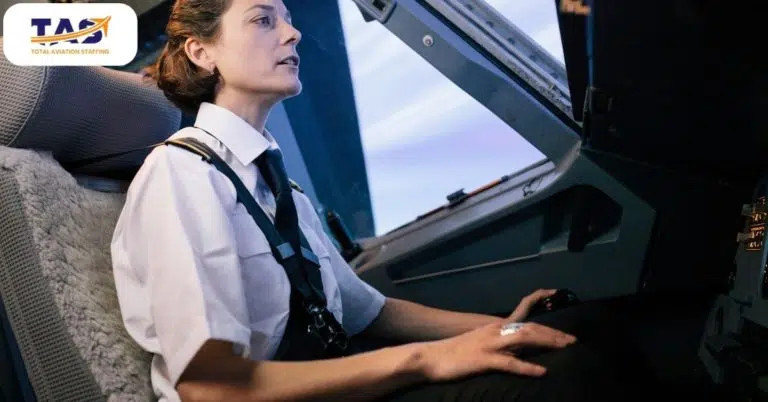
4. Stay Updated on Regulatory Changes
The Chief Flight Instructor remains current on regulatory changes, keeping abreast of Federal Aviation Regulations (FARs) and updates to the flight training curriculum. They are responsible for updating Training Course Outlines (TCOs) in collaboration with the FAA.
Here’s their role in staying updated on regulatory changes:
Stay informed about regulatory and procedural changes in the flight training environment.
Monitor updates to Federal Aviation Regulations (FARs) that impact flight training operations.
Keep track of revisions or modifications to the flight training curriculum and syllabi.
Collaborate with the Federal Aviation Administration (FAA) to update Training Course Outlines (TCOs) as required.
Ensure compliance with the latest regulatory standards and guidelines.
Continuously assess and align the flight training program with industry best practices and regulatory requirements.
Communicate changes and updates effectively to flight instructors and students.
With their regulatory radar always on point, the Chief Flight Instructor keeps us soaring in compliance and safety. Adapting to changes with finesse, they ensure our flight training program remains a high-flying success. Join the team and be part of the Agile aviators!
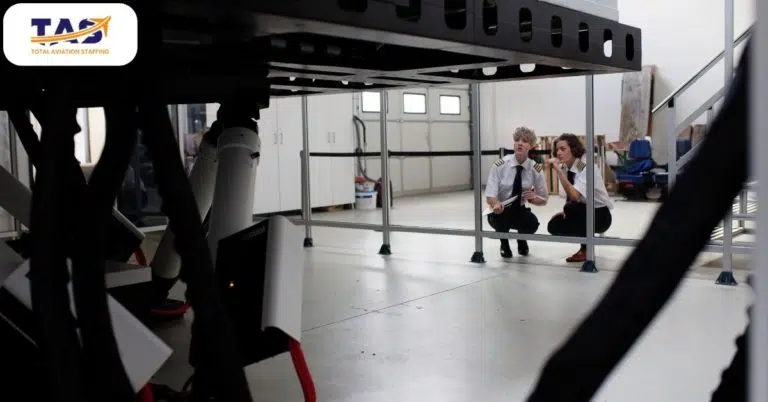
5. Maintain Quality Standards
The Chief Flight Instructor plays a vital role in maintaining and improving the quality of the flight training program. They assess and enhance operating methods, processes, systems, and procedures to ensure compliance and excellence.
Here’s how they maintain quality standards:
Continuously assess operating methods, processes, systems, and procedures within the flight training program.
Identify areas for improvement and implement necessary changes to maintain compliance with industry standards.
Stay informed about industry trends and developments to integrate the latest knowledge into program enhancements.
Collaborate with the team to foster a culture of continuous improvement and professionalism.
Implement quality standards to enhance the overall effectiveness and efficiency of the flight training program.
Conduct regular evaluations and audits to monitor program performance and identify opportunities for refinement.
Ensure the program remains aligned with regulatory requirements and best practices.
Experience the flight training revolution led by our Chief Flight Instructor, who propels our program above the competition. With their unwavering commitment to excellence, we stay compliant, cutting-edge, and soaring to new heights. Join the team and become a part of this exhilarating journey!
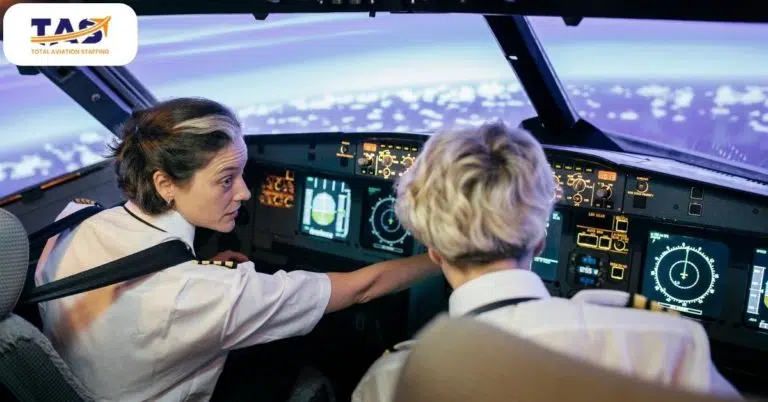
6. Standardization and Proficiency Training
As a key responsibility, the Chief Flight Instructor establishes a standardization and proficiency training process for flight instructors, ensuring ongoing competence and regulatory compliance.
Here’s how they do it:
Develop and maintain a standardization and proficiency training process for flight instructors.
Implement recurrent proficiency checks to assess instructors’ ongoing competence and adherence to regulatory requirements.
Monitor and supervise the performance of flight instructors to ensure consistency and quality in training delivery.
Make necessary modifications or recommendations to enhance the proficiency training process.
Collaborate with regulatory authorities to ensure compliance with applicable regulations and standards.
Foster a culture of continuous improvement and professional development among flight instructors.
Regularly evaluate and update the standardization and proficiency training process to meet evolving needs.
By establishing a standardized and proficient training process, the Chief Flight Instructor ensures the consistency and excellence of flight training. Their commitment to ongoing competence and regulatory compliance contributes to the program’s overall success and the development of skilled pilots.
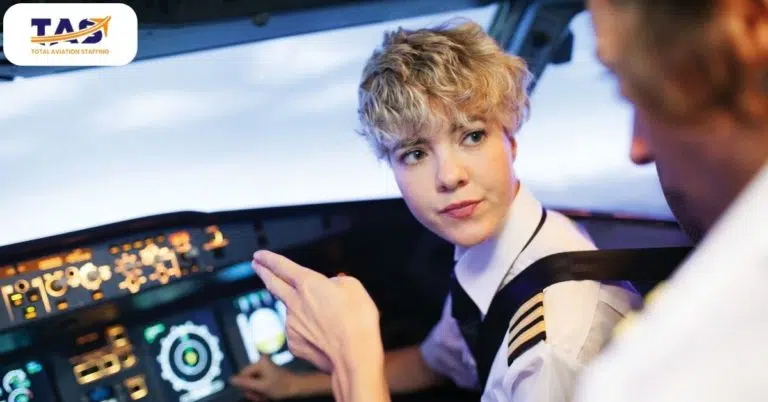
7. Student and Instructor Supervision
In the realm of flight instruction, the Chief Flight Instructor takes the helm, orchestrating a symphony of support and supervision. With an eagle eye for compliance and a passion for instructional excellence, they can elevate the team of flight instructors to new heights.
Here’s an elaboration for this role:
Provide supervision and guidance to flight instructors to ensure adherence to regulations and instructional standards.
Monitor the performance of flight instructors to maintain consistency and quality in training delivery.
Offer feedback, support, and mentorship to instructors for their professional development.
Conduct evaluations to assess instructor performance and identify areas for improvement.
Make recommendations for instructor improvement or corrective action as necessary.
Foster a collaborative and supportive environment for instructors to thrive in their roles.
Ensure instructional consistency and alignment with program goals and objectives.
Harness the power of supervision, guidance, and a symphony of support to elevate our team. Join the team and be the maestro of excellence, conducting a harmonious journey toward instructional greatness!

8. Safety and Compliance
Safety and compliance are paramount to the Chief Flight Instructor’s role. They prioritize adherence to safety procedures, encourage reporting, and maintain a cooperative relationship with regulatory authorities.
Here are their roles in ensuring safety and compliance:
Follow appropriate safety procedures outlined in the Flight Operations Manual (FOM).
Promote a culture of safety among flight instructors and students.
Encourage safety reporting using the established reporting system.
Attend safety meetings to stay informed about safety practices and updates.
Foster a cooperative relationship with FAA representatives to ensure compliance with regulations.
Uphold aviation safety standards and guidelines in all flight training operations.
Continuously prioritize safety and maintain a general safety mindset.
Join as the Chief Flight Instructor, where you’ll navigate the skies of adherence and foster a culture of safety. Be the guiding light that keeps the flight training operations in perfect harmony with regulations and standards.
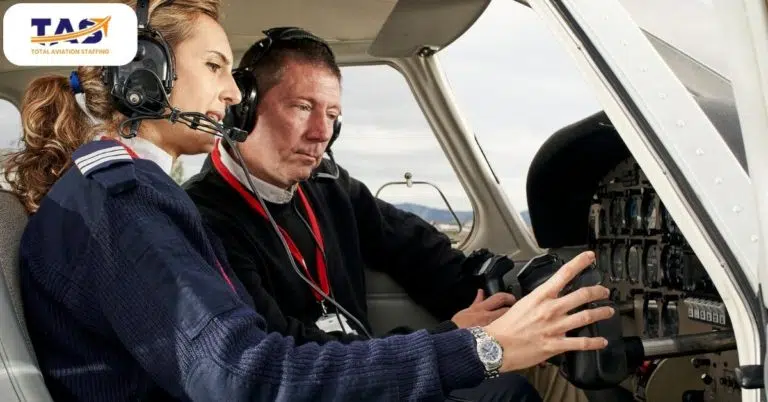
9. Administrative Tasks
On top of their instructional prowess, the Chief Flight Instructor takes on a versatile role, managing administrative duties tied to flight training operations. From overseeing logistics to coordinating schedules, they orchestrate the seamless flow of aviation endeavors.
Here are some of the administrative tasks they handle:
Audit student records, ensuring accuracy and correcting any errors as per established procedures.
Attend meetings and serve on committees related to flight training and safety.
Perform administrative duties assigned by the organization or regulatory bodies.
Collaborate with administrative staff to streamline processes and improve efficiency.
Maintain compliance with administrative requirements and reporting obligations.
Contribute to the overall effectiveness and smooth functioning of the flight training program.
Adapt to changing administrative needs and support organizational goals.
So, if you’re a flight instructor with a knack for multitasking and love for administrative finesse, spread your wings and take flight as the Chief Flight Instructor! With the power to orchestrate seamless aviation endeavors while taming the paperwork beast, you’ll be the unsung hero behind the scenes, ensuring pilots soar with grace and precision. Embrace the versatility, embrace the challenge, and let your organizational prowess take flight in this high-flying role.

Wrapping Up
If you’re a job seeker ready to spread your wings and embrace the exhilarating world of aviation, the role of a Chief Flight Instructor might just be your ticket to new horizons. From certifying training records to fostering a culture of safety, this dynamic position offers the perfect blend of leadership, expertise, and adventure. So buckle up, aim high, and let your passion for flight take flight as you embark on this extraordinary career path. Remember, in the sky of opportunities, the Chief Flight Instructor is the captain of their destiny. Fly high and soar to greatness!
Ready to take your aviation career to new heights? Don’t miss out on exciting opportunities in the industry! Visit Total Aviation Staffing today and let us connect you with top aerospace and aviation companies across the U.S. Whether you’re an A&P mechanic, aircraft technician, flight attendant, or aspiring to work in aviation customer service, we’ve got the right job for you. Take control of your future, apply to aviation job openings, and let us help you soar toward your dream full-time job. Your sky-high career awaits, so don’t wait – take off with Total Aviation Staffing now!
